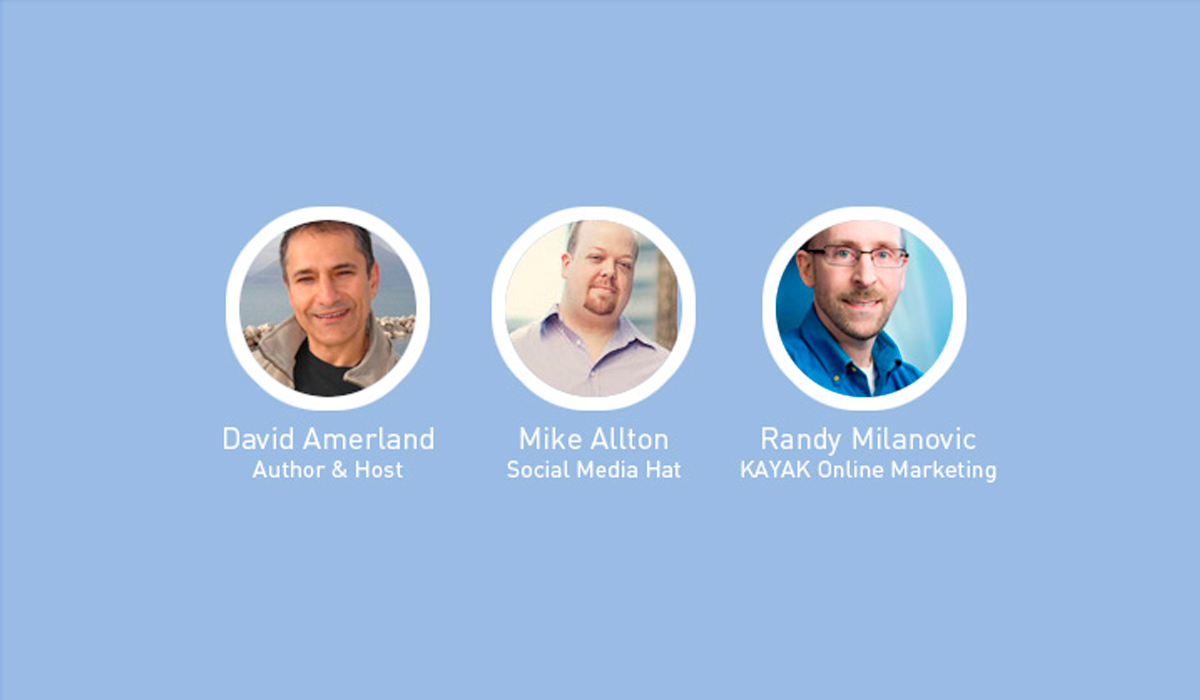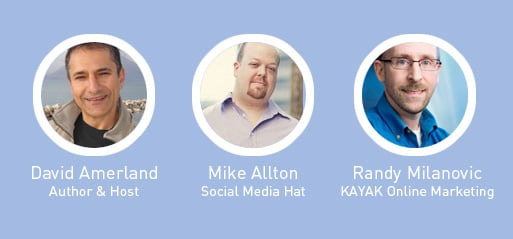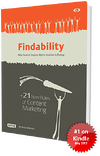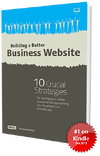
Mr. Spock famously decreed that "the needs of the many must outweigh the needs of the few." It's a great quote, and a rather selfless philosophy when you're trapped next to a spaceship’s overheating reactor. However, in the world of online marketing, it's quite an outdated point of view.
Businesses of all sizes are discovering that prospects and customers (big surprise) don’t like advertising any more. Rather, they want – and even expect – businesses to relate to them as individuals. That goes against conventional agency thinking, because these firms focus on mass-media. I believe it’s simply very difficult for them change their practices to start thinking of the individual.
That's going to be the subject of Wednesday's (MAR 12th) Social Media Today Power Talk Session How Marketing Became Personal, scheduled for 10 a.m. Mountain Time. I'll be in on the talk, as will Mike Allton of Social Media Hat. The Power Talk event is hosted by David Amerland, author of “Google Semantic Search.”

David's previous HOA drew 20,000 views, so the bar is high. I truly hope you can attend this informative discussion and participate in the dialogue. Thank you.
We'll be discussing the problems and challenges of modern marketing in depth, so I hope you'll take the time to listen in. As a quick preview, though, I'm going to share with you a few thoughts about the way we approach this challenge at KAYAK.
The basic answer is that we don't try to be all things to all people. Instead, we identify who our very best potential customers are, and then dig deep to ensure we understand where they come from, what their buying motivations are like, their stage in life, and what information they actually want from us.
Regular readers of our blog and my articles on socialmediatoday.com will understand that I am getting into the subject of marketing personas here. What matters most about each of these personas is that they aren't simply demographics, but actual personalities – complete with names, bios, and sometimes even faces – that we reference to get to know our clients "individually." By doing our research in this way, we can approach what may seem big and faceless and turn it into something personal and identifiable.
As a result of creating personas, we are able to accomplish some important things, namely:
Many agencies and their clients still rely on push marketing and advertising techniques that are more often that not, interruptive. We can't really figure out why they don’t let go of the old ways – refusal to acknowledge it is broken maybe? Ask anyone on your team if they like being solicited, or hit with a hard pitch when they're looking for information, and I’m willing to bet that very few will say yes, which makes that approach ineffective. Instead, we think of what prospects want first, and then use that to attract them to our websites for more information and solutions.
Even though this is counter to a lot of the common marketing "wisdom," getting lots of visits and page views isn't always a great thing. In fact, it is often a symptom of wasted time and effort. Our philosophy is that we would rather have a handful of very interested and engaged prospects on our site than ten times as many tire kickers.
Analytics show us that it isn't unusual for a visitor to our website to see a dozen pages in a session, or even to read more than 100 pages over the course of a few weeks. Generating that kind of interest is only possible when we know our personas inside and out and tailor everything we do to be of interest to them. The content we post might not be right for everyone, but when we’re on point, it is perfect for the prospects that really matter to us.
We want viewers to get something useful every time they come to our site. Likewise, we want our clients to see real lead generation improvement from working with us. Dedicating time to persona identification allows us to make both of these goals a reality. By educating viewers and prospects with what they really want to know, giving them information instead of generic marketing fluff, and then devising next steps that are easy to follow, we make the process more profitable and efficient for everyone.
Our process works well not just because it's less interruptive, but also because it's in line with what today's prospects and customers actually want from us (and from the companies we work with). If your marketing plan is simply designed to create activity, then following the old ways of doing things is going to be just fine; but if you want to continuously generate leads, it's time to ditch the old agency model of interrupting people and start embracing the idea of attracting smaller groups and actually engaging with them.
Before you go, please give us your take on the HoA in the coments below.


BONUS: My eBooks will be FREE to Download MAR 12th:
Building a Better Business Website and Findability ebooks will be available for free download all day March 12th/2014
Both ebooks have achieved the #1 position in Amazon.
(Actual hours set by Amazon – usually midnight to midnight.)